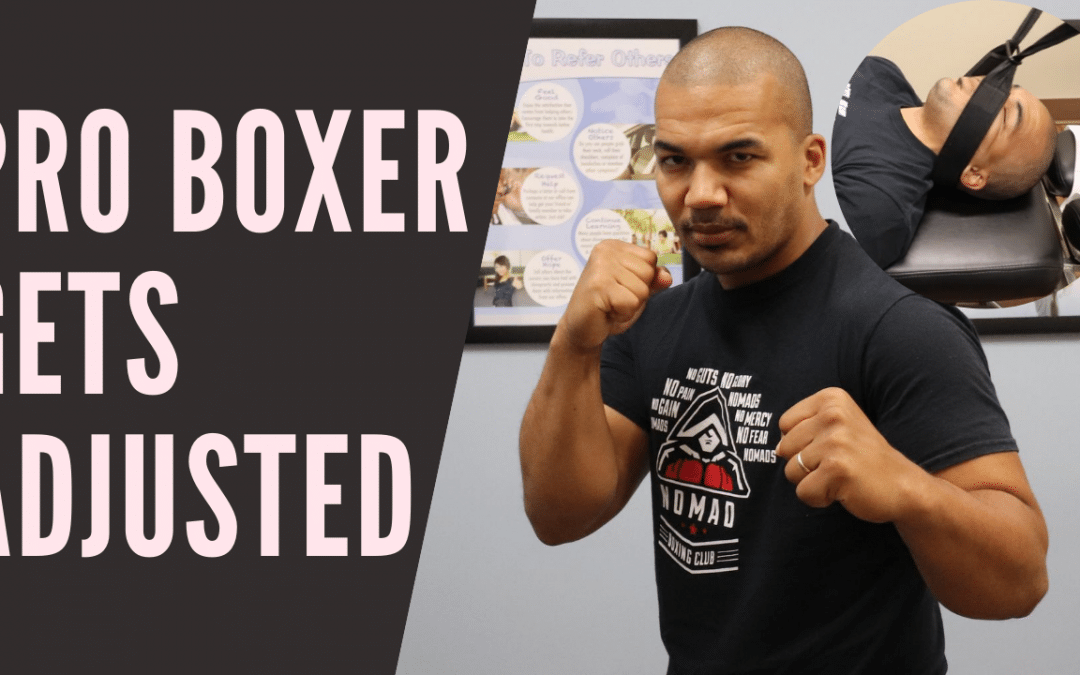
Common Injuries In The Janitorial Industry
Janitors, cleaners, and others working in the janitorial industry often perform physically demanding work. These jobs can take their toll on the body, causing janitorial injuries that result in back pain, neck pain, shoulder pain, and more.
How can you relieve the pain of these injuries?
Janitorial Injuries – Back Pain
Janitorial work can often include heavy lifting and constant bending and twisting. All of this pressure and strain on your back can inevitably lead to injuries and back pain. Strained and pulled back muscles are some of the most common janitorial injuries that people experience.
Repeated lifting and bending can place strain on the muscles and spinal ligaments in your back. Muscle strains occur when muscle fibers are torn or stretched irregularly. Most muscle strains take between 4 to 6 weeks to heal, with some severe ones taking as long as 10 weeks.
But taking even 4 weeks off work is simply not possible for most people. As such, managing and relieving pain is crucial to living with janitorial injuries.
If you are suffering from back pain, a lumbar brace may be able to help you.
A lumbar brace can work to reduce back pain in several different ways. It can provide additional spinal support that improves stability, reduce pressure on your spinal structures and unload some of the weight usually placed on the lower back, and reduce range of motion, helping to restrict or prevent painful movements.
Janitorial Injuries – Neck And Shoulder Pain
People in the janitorial industry can often also struggle with neck and shoulder pain.
Similarly to back pain, neck and shoulder pain can occur due to overexertion and awkward movements leading to stretched or torn muscle fibres.
Neck and shoulder pain can also often occur due to bad posture. If you are a janitor or cleaner, it’s important to maintain good posture when performing your job. Performing physically demanding work with bad posture can quickly result in injury and pain.
If you are suffering from neck or shoulder pain, an Epsom salt bath may be able to help you. Epsom salt is a magnesium sulfate compound that has been used for healing purposes for hundreds of years.
Many people believe that Epsom salt baths provide relief by soothing muscles and reducing swelling.
Making a salt bath at home is very simple. Just add Epsom salt to warm bath water and soak yourself in it for about 15 minutes. The Mayo Clinic recommends that adults use 2 cups of Epsom salt for every gallon of water, but lower concentrations may also be effective if you find this much salt to be drying to your skin.
Are you a cleaner or janitor suffering from janitorial injuries or just simply dealing with irritating back pain, neck pain, and shoulder pain? Contact us today to find out how chiropractic treatment can help to relieve your pain.





